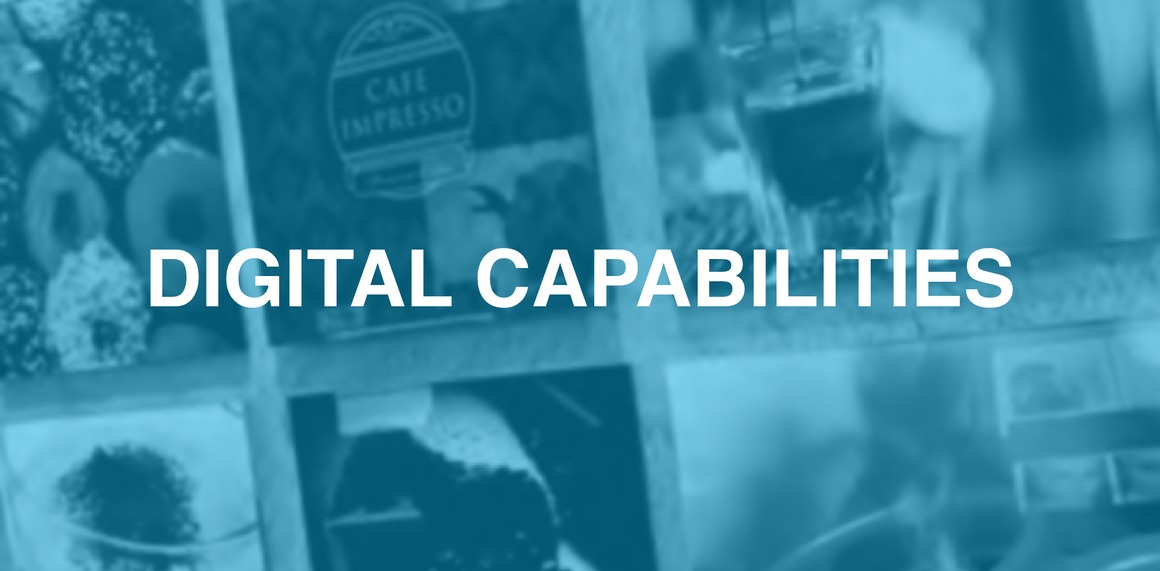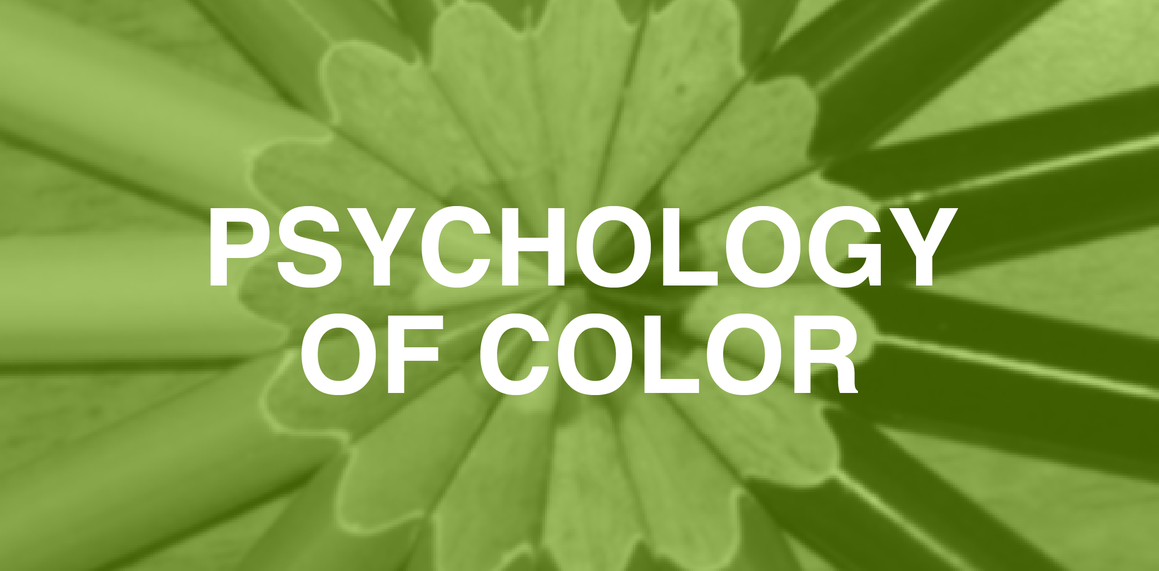More Than Just Banners
https://perfectcommunications.com/wp-content/uploads/2013/11/l_blue-01-31-1024x504.png 1024 504 admin admin https://secure.gravatar.com/avatar/3f0ab219d4f408464f131b4180b1da5119b8392a5155a011682c7587c73fc755?s=96&d=mm&r=gThe wide format moniker reminds me of the digital description when we first entered this arena in 2006. When we added digital capabilities there was, and to some extent still is, what the term digital described. Was it a production process? Is it a color output on a digital machine? Does the word digital describe the variable data process? The answer is yes to all of the preceding questions. While the Acuity joomla_4ice incorporates a digital imaging process, its capabilities are far greater than what most people would think of when using the term digital. To provide a better idea of our new capabilities, following are the top 5 products that we can now provide with our new capabilities:
Indoor Signage– We can produce point of sale signage, window signage and interior decorations for retail and corporate settings. This application is a perfect fit for theatres, universities or retail facilities that have a variety of signage needs.
Custom packaging– With the ability to print on corrugated board and coupled with the simultaneous installation of our flatbed router, we can create custom packages for your next premium purchase.
Rigid Substrates- We can now print on almost any PVC, Acrylic or vinyl product. Once again, coupled with the cutting joomla_4ice, we can print and cut to custom shapes and sizes.
Point of Purchase Displays– More than just point of sale signs, we can now create dimensional graphics for retail settings.
Product Decoration– With the capability to print onto flat items that are up to 1-3/4” thick, we can now customize many premium products in-house.
Combining all of these new capabilities with our existing digital and conventional print processes, along with our existing in-house finishing processes and further adding in our agency services will allow us to be a single source creator for the communication needs of any organization.










